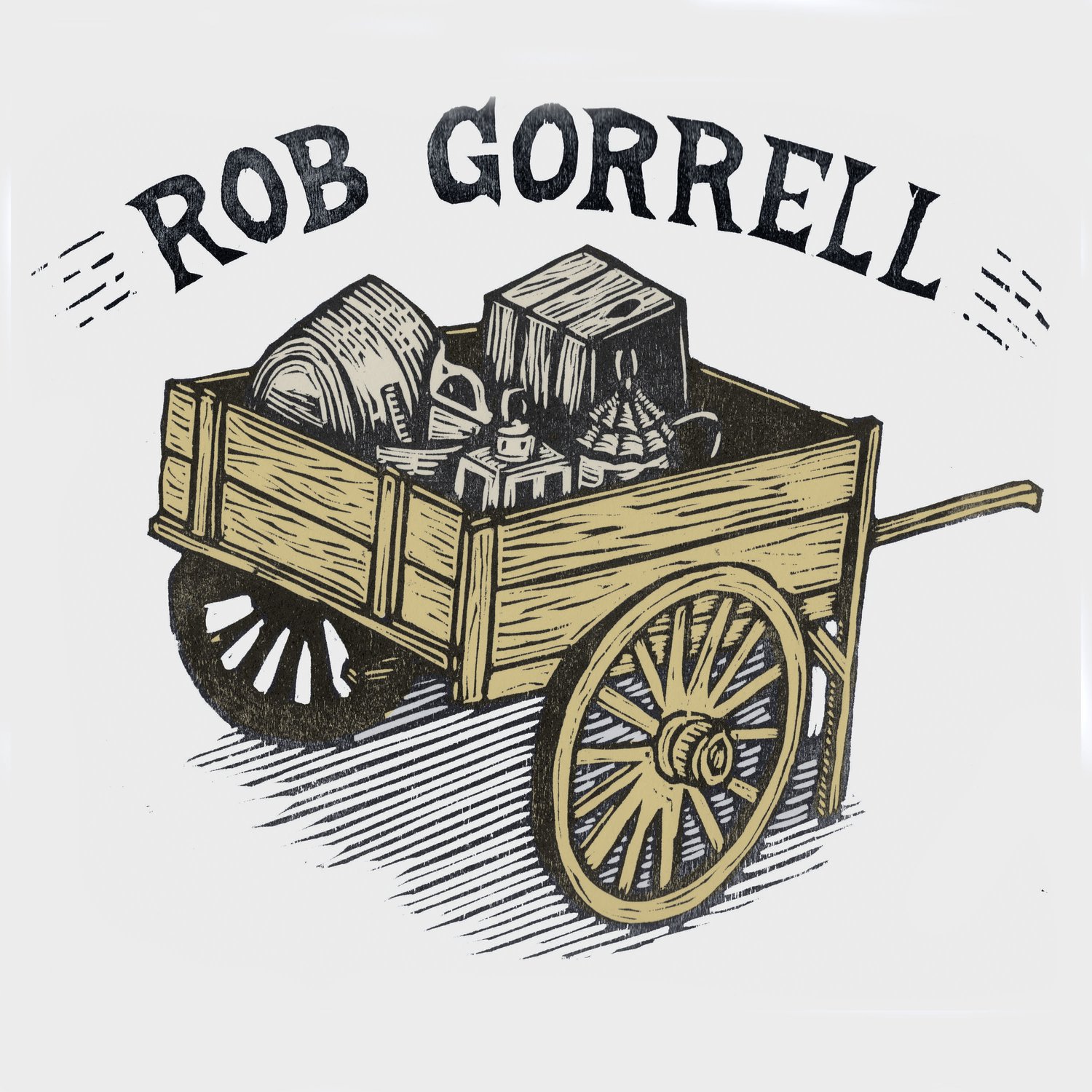Time to try something different.
I am constantly digging through books, museums and websites to find all of the different examples of traditional lanterns that I can. I have a stack of images and notes of different designs that I hope to get around to trying one of these days. One in particular has been laying on the bench for a week or so waiting for me to get time to try it.
This lantern is in the collections of Colonial Williamsburg (https://emuseum.history.org/objects/101386/punched-tin-lantern?ctx=d5483a5cbf0b927f92ebd7a27b3672809cbcb1a8&idx=5) .
This is a tiny little lantern, 3 1/4” in diameter. For me, that is small and then some. But ever since the price of tinplate doubled overnight, I’ve thought small might be a good way to think.
This lantern pattern has a few details that are new challenges for me to figure out. First, that odd top assembly. I’ve not seen another lantern with that arrangement for the heat deflector. Second, the moon-shaped tabs bent way out like that are interesting. I have the punches, just never thought to bend the tabs out like that. Did I mention the smallness?
So yesterday, I started trying to make a lantern similar to the Williamsburg lantern. I’m more of a build the first one and start fixing the mistakes on the following one kind of guy, as opposed to drawing the perfect design first and then building a lantern. So I tried to work out the dimensions and punch design from the photo and did a rough layout for the body. I scaled it up just a touch so that I could use the 3 1/4” diameter steel rod I have as a mandrel.
I roughed in the design on paper and punched out the design in the tin before shaping it around the mandrel and soldering the joints. The pattern is a little different than the original design. This was followed by laying out the cone design for the top.
I ran into a bit of trouble with the top cone. My layout was a little off, and the cone came out taller proportionally than the original. Also, the decoration patterns became more spread out and uneven than the original lantern. Good thing there will be a second attempt. I went ahead and finished up the lantern by burring and soldering the cone to the body, adding the door, and attempting the hanger.
So, in the end, it wasn’t a terrible first attempt. But when I get a break between orders, I definetely need to work on the layout and try to make a lantern closer in design to the Williamsburg example. Here is a shot of the nearly completed lantern lit with a tea light candle.






